Last Updated on May 14, 2023
The first essential for travel writing in a foreign city is to get orientated and to better understand the area and setting as quickly and pragmatically as possible.
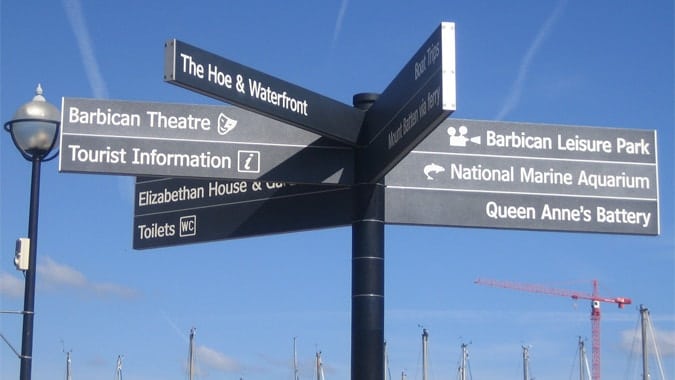
The sooner you can navigate the area and understand how the main attractions and points of interest are connected directionally, the more time you will have for collating information, taking pictures, and detailing your travel piece.
So how can you use navigation and wayfinding for writing a better travel article? Let me give some thoughts below.
Table of Contents
Learning your way Around
The first piece of advice is to buy a street map, not just to help you find your way around at the time, but also to aid you when writing the article afterward i.e. for when you might need to describe the position of the train station in relation to the main attraction such as a traditional pub or an old museum.
If the place you are writing about is in the UK for example, you can buy an A-Z street map very cheaply from any decent newsagent and you can easily mark the map and make notes on the pages to make remembering things much easier afterward.
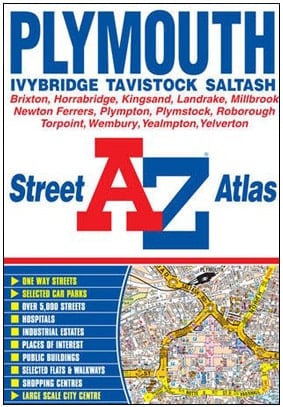
These days you can, of course, use Google Maps online for research after your trip but using an A-Z and then using Google Maps as a support tool afterward as needed, means that you should be fully covered in remembering street names, directions and be able to note and remember any important wayfinding related facts.
A visit to the local tourist information center (if there is one) is always a great idea and highly recommended.
These centers are invaluable in the information which they often provide, given that they often have information on a range of the latest and local festivals, tourist shows, those often lesser-known events such as local fairs and fêtes and locally organized shows which can often offer you a wonderful insight into the local culture and make for a great travel article.
Many travel publications or publications which accept travel content, complain about the lack of content which is written about the UK and people’s local areas.
The temptation to write about exotic islands and locations is often chosen at the expense of equally interesting and more local and cultural settings.
From the local tourist information, the free leaflets, maps, and local events literature can be a wonderful resource as a travel writer, literature and information which often is not available in the main travel books which you can buy in bookshops.
These centers can also provide invaluable information on local tours, places to visit, accommodation, restaurants, events, and anything which is going on there at the given time.
Tourist information can be a great way also to learn about the different ways to get around the place such as bicycle hire, boat hire, ferries, and local tourist buses.
Getting involved and Learning from the Tours
The fastest way to orientate oneself in a strange city is to take one of the bus tours which cover the highlights of the city, and which normally include passing by the most important buildings, the main shopping centers, the plazas (or piazzas depending on what city you are in), the squares and any other local attractions which might be valuable for writing a good article.
Most of the tours are relatively short and only take roughly an hour or so and this provides a very easy way to quickly become acquainted with the layout and location of the key areas and help you to establish priorities i.e. which areas are important and worth returning to, to see and to explore afterward and which landmarks can be used.
Some of the most interesting places and sites to write about for an interesting article can often be on the periphery of a city or town and these bus tours help you to identify these places.
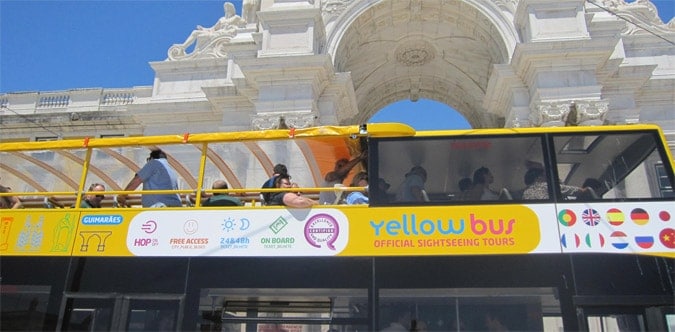
Many cities now have their own guided bus tour run by the local council although many major cities choose to use the Hop on Hop off brand for offering bus tours (you may have seen the big red buses).
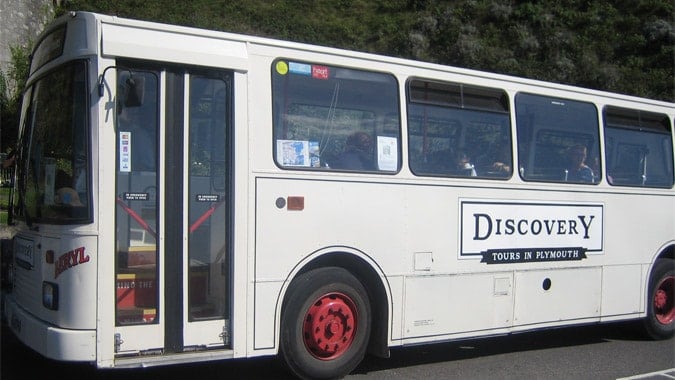
Get Walking and Discovery through Getting Lost
A good tip is to explore the place as much as you can on foot and use ‘recreational wayfinding’ i.e. if you have time, just explore the local area including by walking down the narrow streets and the old town area and see what lies at the end and around the corner of that cobblestone street.
Just explore and you can so often learn and find some of the most fascinating places to write about, by navigating without directions, when in a tourist or non-tourist area.
One great example of this is Plymouth, England, where exploring the side streets of the historic Barbican area can lead you to some interesting craft shops, galleries, and museums such as the Elizabethan House (a museum I recently found only by chance).
Find and discover the attractions and local pleasures by exploring with unplanned navigation around the local area and you can often greatly enrich your travel writing with what you find.
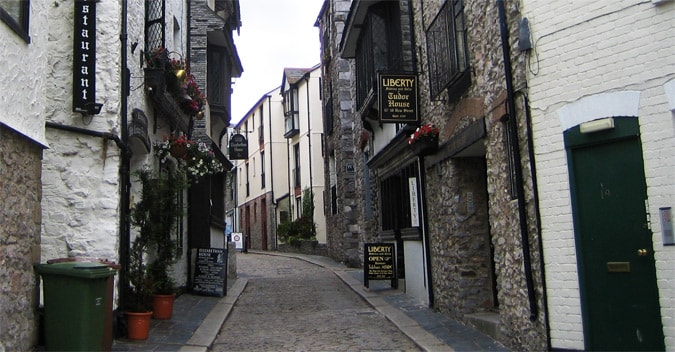
Buildings which can often be considered mundane such as town halls can also be worth exploring with interesting art exhibits and other local cultural events often taking place in these often ignored buildings.
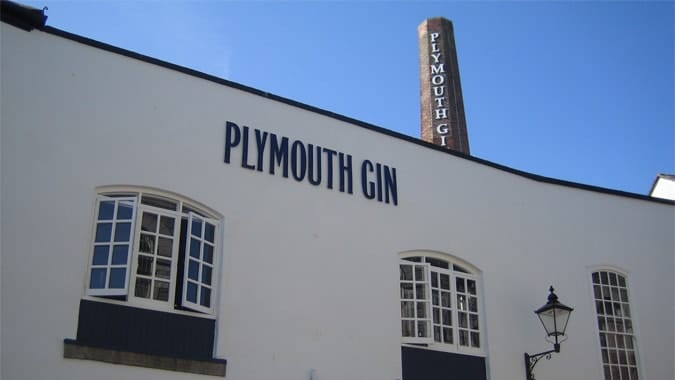
When finding your way around the area make sure also to write down the name of streets which are of interest as you amble around, making notes of anything which might help your travel article.
As someone interested in wayfinding, I actually often find that the street signs and other signage in the area can give a fascinating insight into the local history and provide a lot of pertinent and useful information which you can often use in your writing.
The street signage you might find, for example, is named after a local hero and who is important to the area; or you might find signs detailing partnerships the place has with other places abroad.
In Plymouth, Devon, the signs directing you to the Mayflower Steps are a perfect example, the steps are the location from which the Pilgrim Fathers are thought to have departed from on their voyage in 1620 which led them to discover North America.
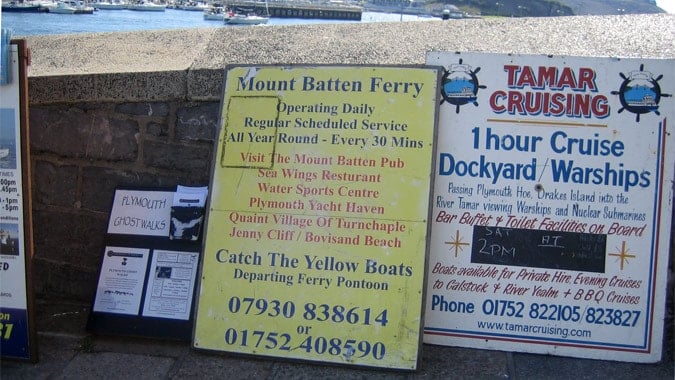
Using Landmarks for Travel Writing
If you have the time, also make sure to take a note of the landmarks to get an aerial view of the main areas of interest.
In Plymouth, England, Smeaton’s Tower on Plymouth Hoe provides a stunning view of the surrounding area and puts the area into perspective with views of the war memorial, the adjacent county of Cornwall, the historic Barbican area, and Plymouth Aquarium.
Climbing to the top of the lighthouse is in itself one of the attractions which are unique and is a fascinating attraction to write about, much like the Clerigos Tower in Porto, Portugal (which I also climbed and found excellent for getting an aerial view).
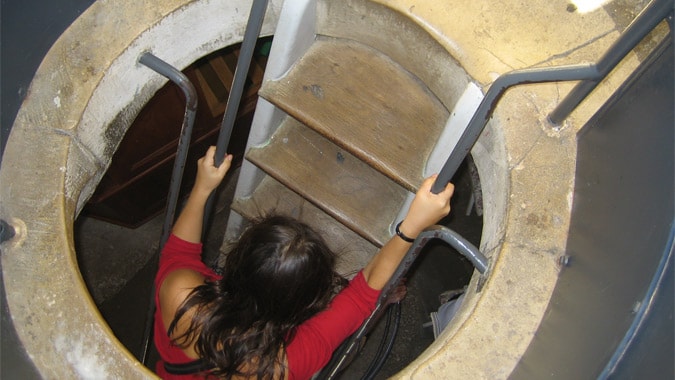
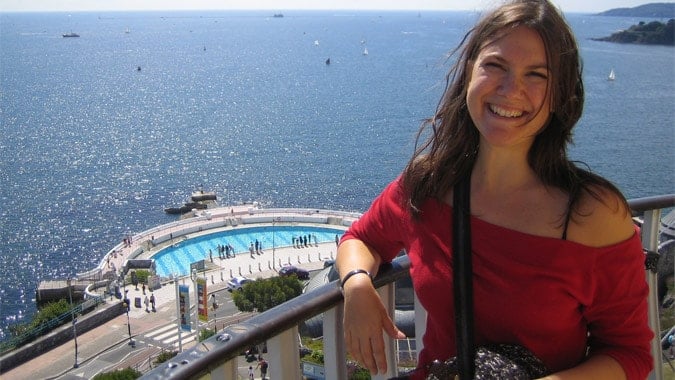
And below an aerial view on Plymouth Hoe from the top of Smeaton’s Tower.
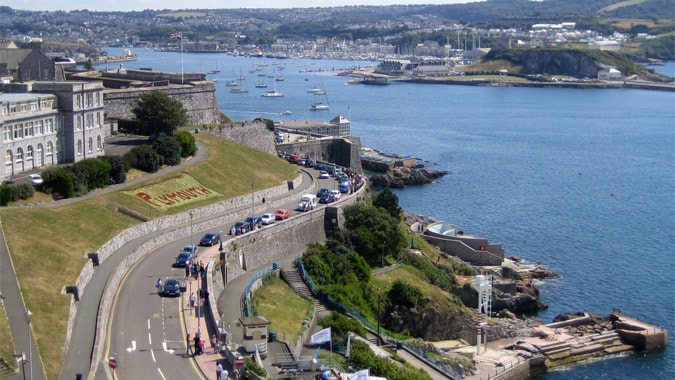
The Locals – Inside Knowledge
Locals can be an absolutely invaluable source of knowledge and no amount of wayfinding and following tourist, signage might help you to find some of the best local places and sites to write about.
The easy way around this is to talk with locals such as sitting in an independent coffee shop, tea room, or pasty shop in a tourist area, and chatting with a local.
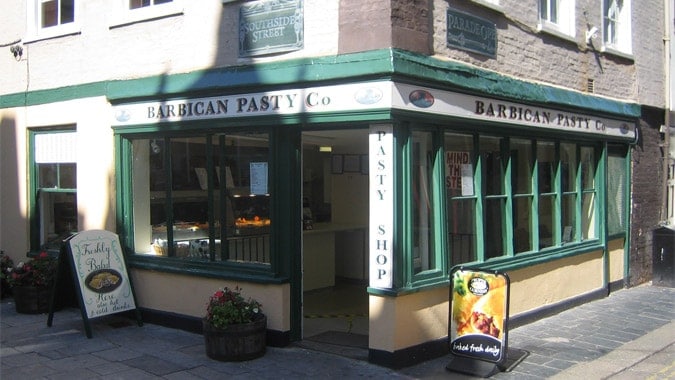
Talking with elderly people who generally have more free time to chat and often have an untapped and fascinating knowledge of the local history, can be the best information and insight you will ever get and be able to write about.
You can always follow up afterward to check and validate the information you are told and for the cost of a cup of coffee or tea, why not engage the locals, the people who know the area better than you ever will when you are only there for a few hours or days.
Unplanned Wayfinding
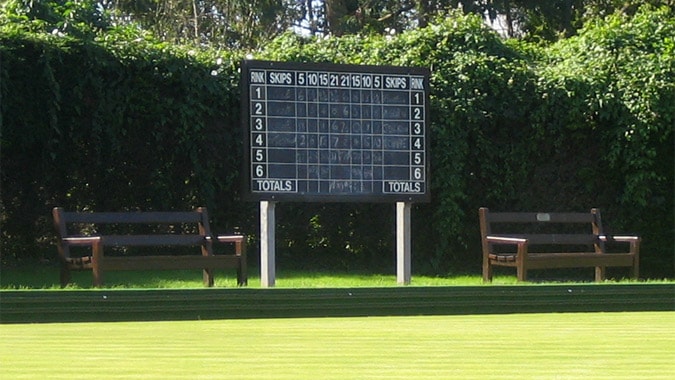
We can use the term ‘recreational wayfinding’, ‘exploratory wayfinding’ or if you wish ‘unplanned wayfinding’ but whichever term we choose to use, the important thing is that the best things to document when travel writing, are those things you come across and discover by accident.
On Plymouth Hoe, the bowling green which Sir Francis Drake is said to have played a game of bowls on, before departing on his voyage to fight the Spanish Armada (see image below).
Dr Paul Symonds has a PhD in Wayfinding from Cardiff Metropolitan University in the UK. Paul works with the signage industry, airports and other locations providing wayfinding audits, consultancy and training.


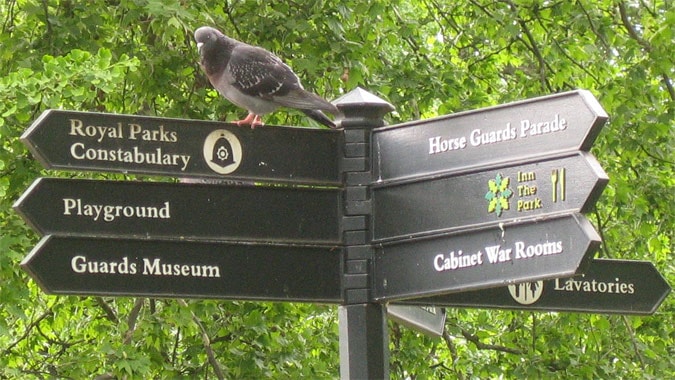






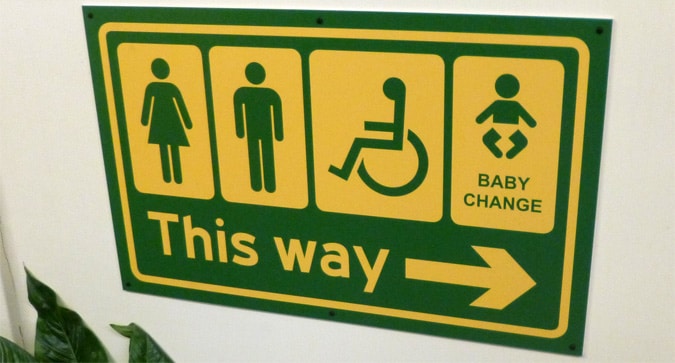
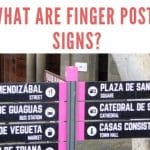

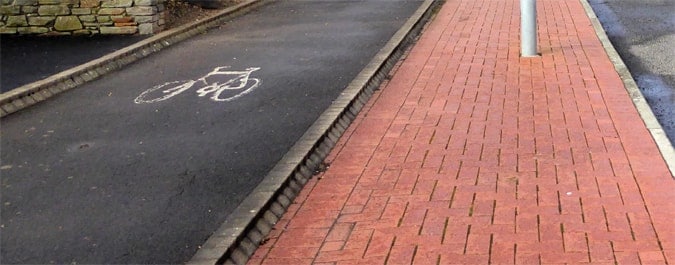
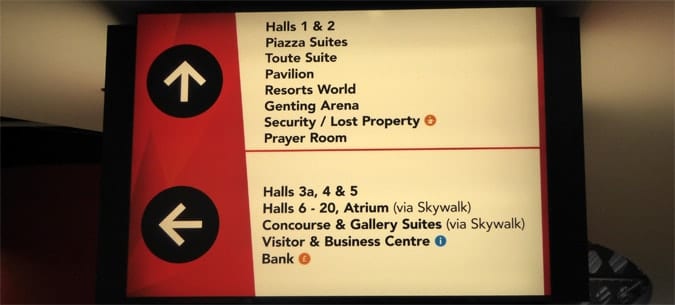
Extremely useful article! It makes sense to try get to know the place you are writing about and your tips make this easy to plan! Nice one!